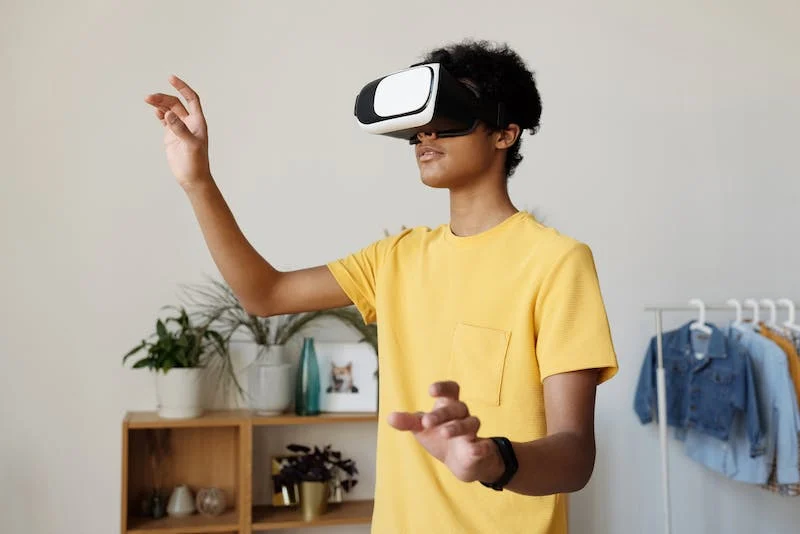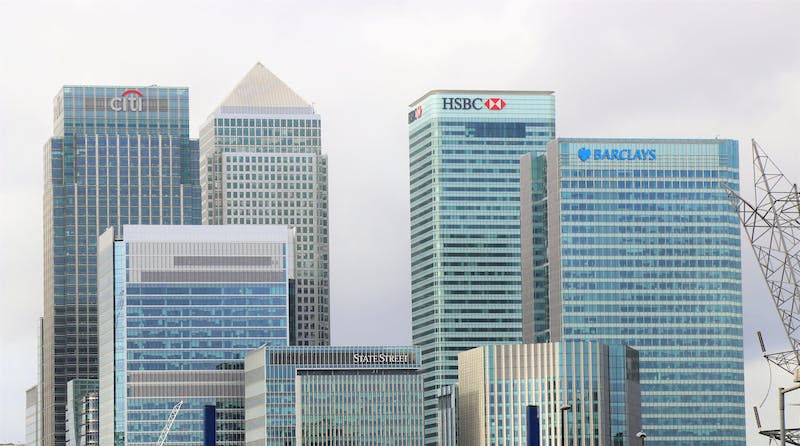What is NFT(Non-Fungible Token)?
NFT stands for “Non-Fungible Token.” It’s a type of digital asset that represents ownership or proof of authenticity of a unique item or piece of content using blockchain technology. Here are the key characteristics of NFTs:
- Non-Fungible: Unlike cryptocurrencies such as Bitcoin or Ethereum, NFTs are not interchangeable on a one-to-one basis. Each NFT(Non-Fungible Token) is unique and cannot be exchanged on a like-for-like basis with another NFT. This non-fungibility is what makes them valuable for representing ownership of distinct digital or physical items.
- Ownership and Authenticity: NFTs are used to verify ownership and authenticity of digital or physical items, including digital art, collectibles, music, videos, virtual real estate in games, and more. When you own an NFT(Non-Fungible Token) associated with a specific item, you have a digital certificate of ownership and proof of the item’s authenticity.
- Blockchain Technology: NFTs are typically built on blockchain platforms like Ethereum, Binance Smart Chain, or Flow. The blockchain records the ownership history and transaction history of each NFT, making it transparent and tamper-proof. This ensures that the provenance and ownership of the item can be easily verified.
- Scarcity: NFTs can represent items with varying degrees of scarcity. Some NFTs are one-of-a-kind, while others may have limited editions. Scarcity often contributes to the value of an NFT, as collectors are willing to pay more for rarer items.
- Ownership Rights: NFT ownership often includes certain rights, such as the ability to sell or trade the NFT, display it in virtual galleries or platforms, and sometimes even access the associated digital content or experiences. However, it’s essential to read the terms associated with each NFT(Non-Fungible Token), as rights can vary.
- Digital Collectibles and Art: NFTs gained significant attention in the art and collectibles space, where digital artists sell their artwork as NFTs. This allows artists to receive royalties on secondary sales and provides collectors with proof of ownership.
- In-Game Assets: NFTs are also used in blockchain-based games to represent in-game assets like characters, weapons, and virtual land. Players can buy, sell, and trade these NFTs, often blurring the lines between gaming and blockchain technology.
NFTs have generated considerable interest and controversy due to their role in digital art sales, their impact on the gaming industry, and the potential for new revenue streams for creators and collectors. However, they also face challenges related to environmental concerns (in the case of energy-intensive blockchains) and copyright issues. The NFT(Non-Fungible Token) space continues to evolve as creators, collectors, and developers explore new applications and use cases.

Global NFT cases
As of my last knowledge update in September 2021, there were several representative global NFT(Non-Fungible Token) cases that gained significant attention in the world of non-fungible tokens (NFTs). Keep in mind that the NFT space is highly dynamic, and new developments and cases may have emerged since then. Here are some notable examples up to that point:
- Beeple’s “Everydays: The First 5000 Days”: This digital artwork by the artist Beeple (Mike Winkelmann) sold for $69 million at a Christie’s auction in March 2021. It was a watershed moment for NFT art, showcasing the potential value of digital creations in the NFT(Non-Fungible Token) market.
- CryptoPunks: CryptoPunks are a collection of 10,000 unique, algorithmically generated 24×24 pixel art characters that were one of the first NFT projects on the Ethereum blockchain. Some CryptoPunks have sold for millions of dollars each, and they’ve become iconic in the NFT space.
- NBA Top Shot: NBA Top Shot is an officially licensed NFT(Non-Fungible Token) platform where users can buy, sell, and trade officially licensed NBA collectible highlights. Moments from NBA games are turned into NFTs, and some have sold for substantial amounts, with highlights like LeBron James dunks being particularly valuable.
- Art Blocks: Art Blocks is a platform that generates algorithmic art as NFTs. Artists create code-based generative art, and users can mint and trade these unique creations. It has gained popularity for its innovative approach to digital art.
- Decentraland: Decentraland is a virtual world built on blockchain technology, where users can buy, sell, and build on virtual land parcels. Users can create and monetize their content and experiences within this virtual world, and the land parcels are represented as NFTs.
- Kings of Leon’s “When You See Yourself” Album: The American rock band Kings of Leon released their album “When You See Yourself” as an NFT(Non-Fungible Token), making them one of the first major music acts to experiment with NFTs in the music industry.
- Virtual Real Estate in Axie Infinity: Axie Infinity, a blockchain-based game, has a virtual land marketplace where players can buy and sell plots of land as NFTs. These lands can be developed and monetized within the game’s ecosystem.
- Digital Fashion and Wearables: Several NFT projects and platforms have emerged in the digital fashion space, where users can purchase and wear digital clothing and accessories in virtual worlds or on social media platforms.
- Hashmasks: Hashmasks is an NFT project that combines digital art with unique names. Each NFT(Non-Fungible Token) is a digital artwork with a distinct name chosen by the creator. The project gained attention for its creative approach to NFTs.
These representative cases illustrate the diversity of NFT applications, from digital art and collectibles to virtual real estate, music, and more. The NFT space continues to evolve, with new projects and use cases constantly emerging, so it’s essential to stay updated with the latest developments in this rapidly changing field.




